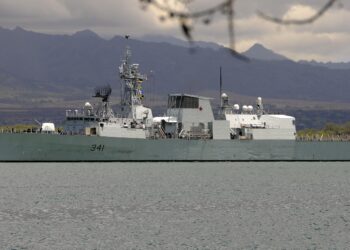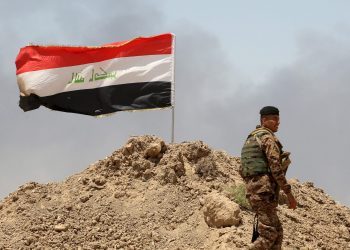smh, US officials, anxious to step up the battle against guerillas in Iraq, are looking to transfer intelligence analysts from the search for weapons of mass destruction.
The Pentagon's senior spokesman, Larry Di Rita, ruled out any change in mission for the weapons team – the Iraqi Survey Group – but said officials were debating whether to reassign some intelligence officers and interpreters from the 1400-member group or somehow expand their activities to involve them in countering the Iraqi resistance.
For instance, he said, survey group members interrogating suspects about Iraq's weapons programs might also include questions aimed at getting information that could “enhance the counter-terrorism mission”.
With the Bush Administration still struggling to counter charges that it exaggerated the Iraqi weapons threat to justify the invasion, any move that appears to lessen the search effort would be politically sensitive.
But the Administration is also under pressure to combat the mounting attacks against US forces, Iraqi civilians and international workers.
General John Abizaid, head of US Central Command in Iraq, “feels strongly that he needs more counter-terrorism resources, and he's going to get them”, Mr Di Rita said.
The Bush Administration has also told the Pentagon to accelerate the training of Iraqi security forces, even if this means shortening the courses, military and administration officials said.
President George Bush's wish to speed up the rate at which Iraqi security forces are put on the streets to supplement the 130,000 US troops in Iraq was near the top of the agenda at the National Security Council meeting on Wednesday morning. “He made it clear that it's not happening fast enough,” a senior official said.
The number of American troops killed by hostile fire since Mr Bush declared the war in effect over on May 1 reached 117 this week, surpassing the 115 killed during the fighting that toppled Saddam Hussein's government. Defence Department figures show that daily attacks in Iraq have risen to about 25 – four times more than a few months ago.
The Pentagon also recently announced plans to send several advanced spying systems – some of them experimental – to Iraq. These include tethered blimps equipped with digital cameras, radars that pinpoint the location of mortars, and electronic jammers able to disable remote-controlled mines and other booby traps, plus aerial surveillance drones small enough to be carried in soldiers' backpacks.
But military officials admitted that the use of high-tech gadgetry against enemies who are decidedly low-tech, such as those in Iraq, has its limits.
These developments emerged this month from a review by the Deputy Defence Secretary, Paul Wolfowitz, of security measures that could be put into service in Iraq in the near term.
“We're fully aware there's no silver bullet here,” said a senior air force officer involved in the search for new approaches, code-named Project Eyes.
“We're going to affect things on the margin,” he said.
“We're trying to predict human behaviour; we're trying to determine underlying motivations; we're trying to deal with an insurgency – these are things that largely have to be dealt with face-to-face by forces on the ground.”









